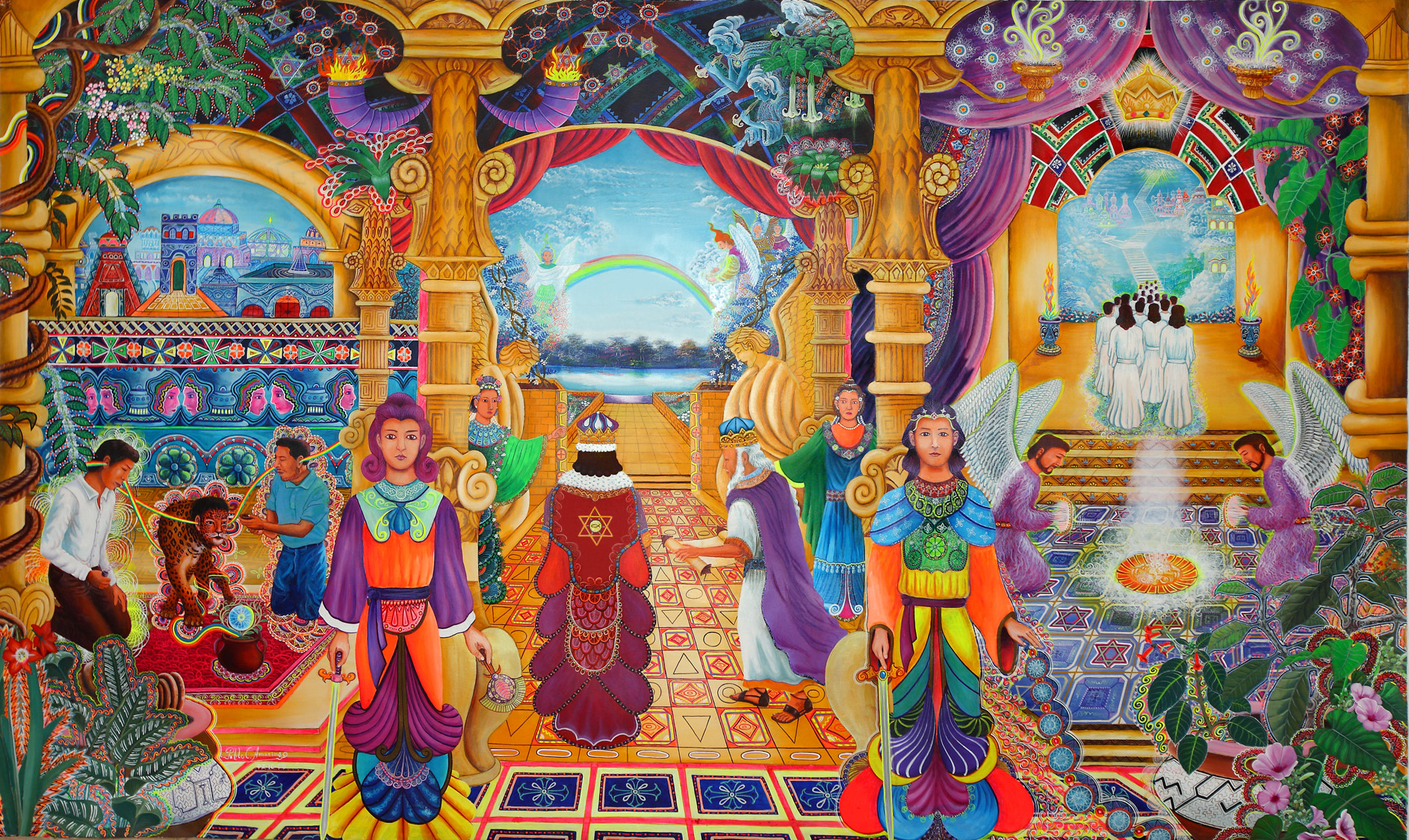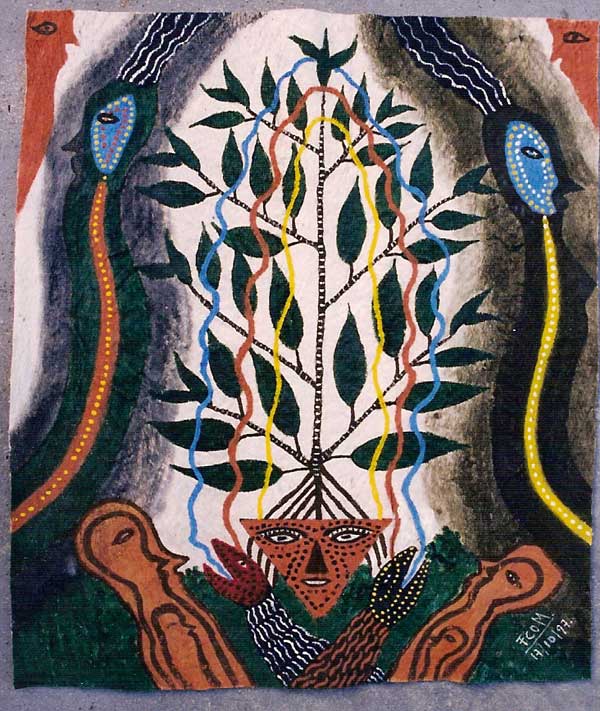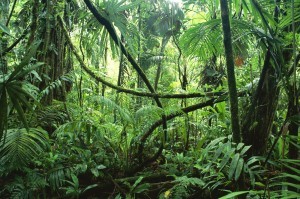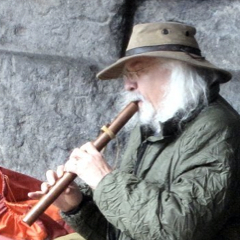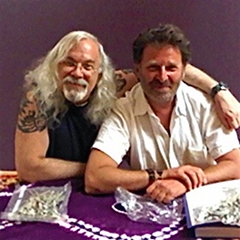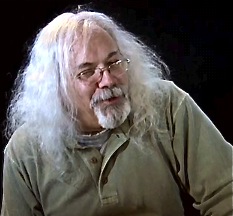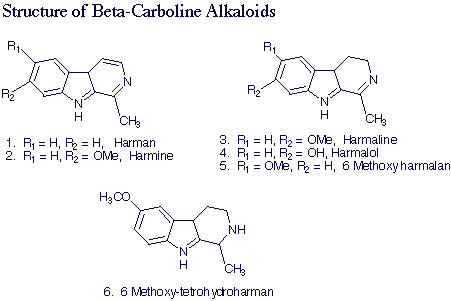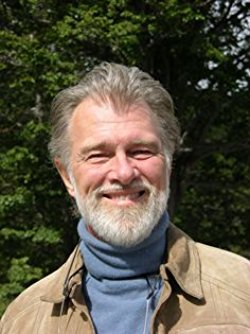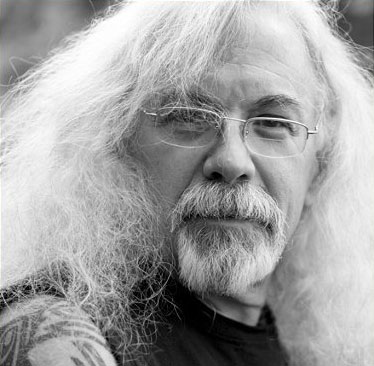Visionary Experiences
Painting – “Templo Sacrosanto” by Pablo Amaringo
There are a number of human experiences — I am thinking of such things as hallucinations, lucid dreams, visions, out-of-body experiences — that are characterized by presentness, detail, externality, and three-dimensional explorable spacefulness. We can call these visionary experiences. Such visionary experiences appear to be a central and consistent component of shamanism generally — most prominently, for example, in the ayahuasca shamanism of the Upper Amazon

